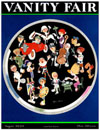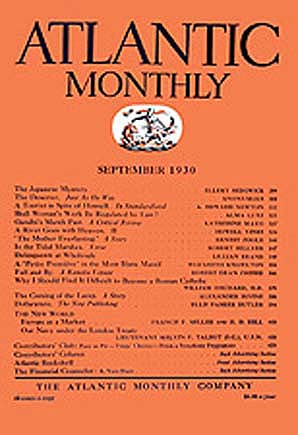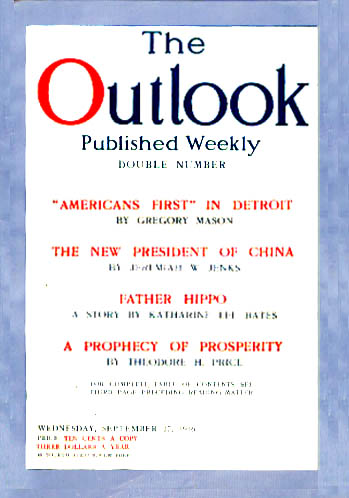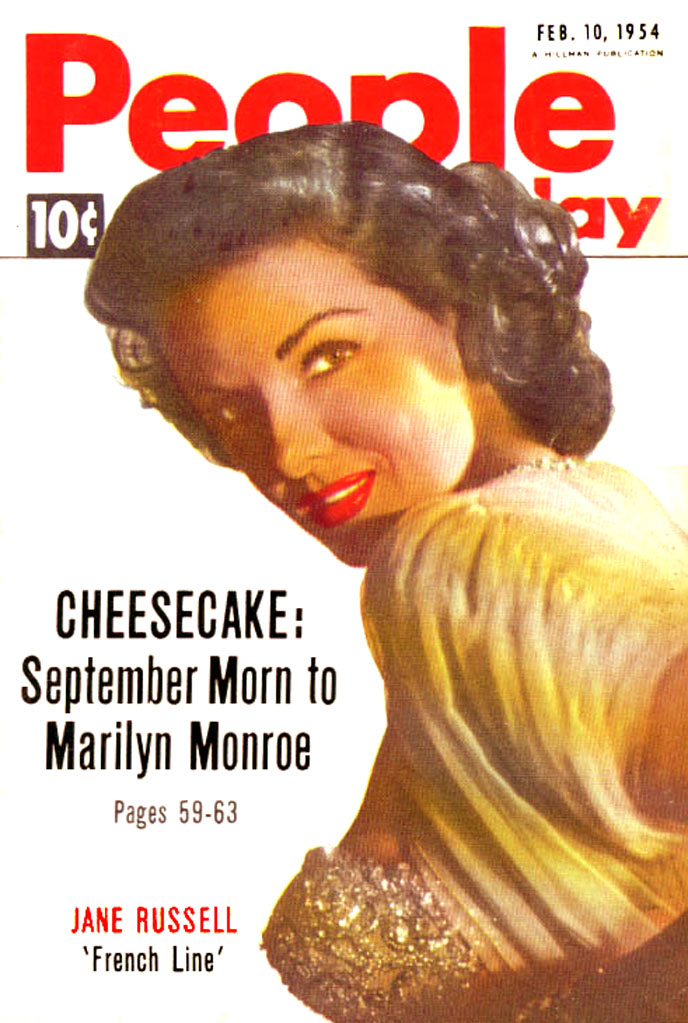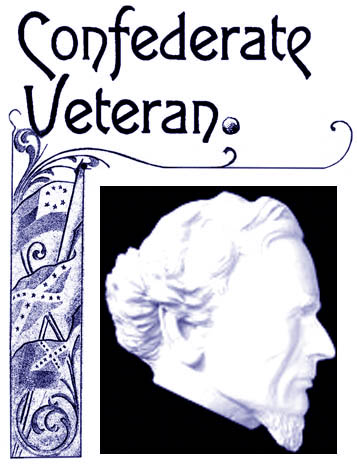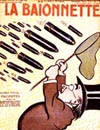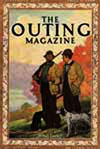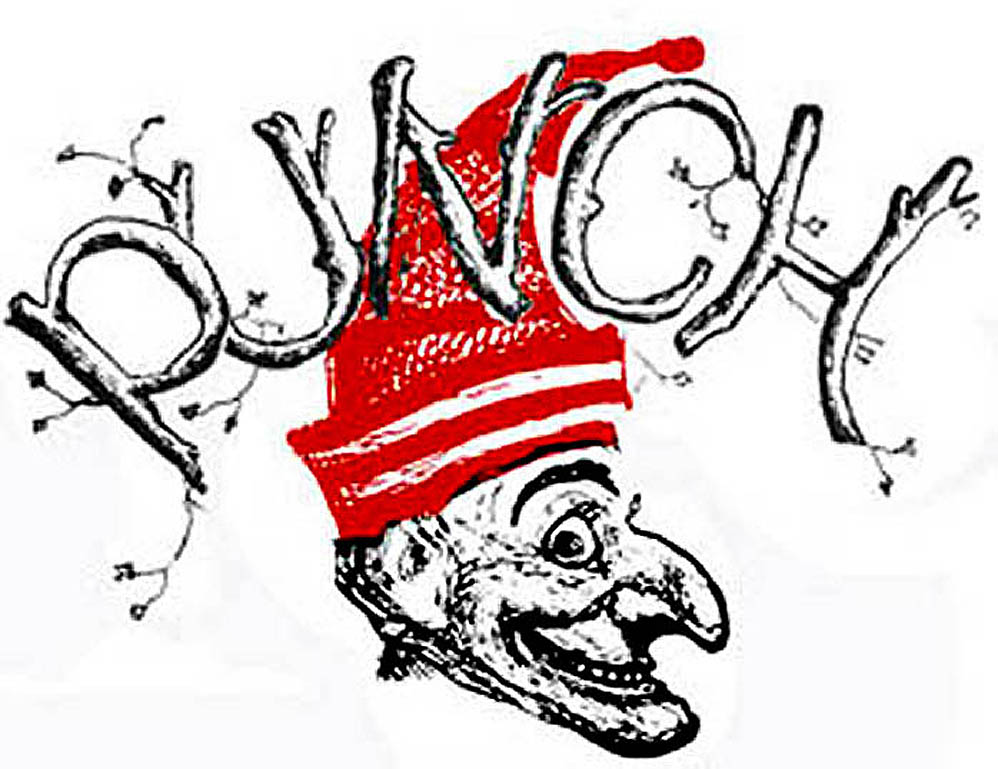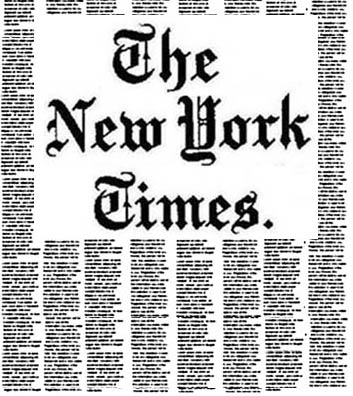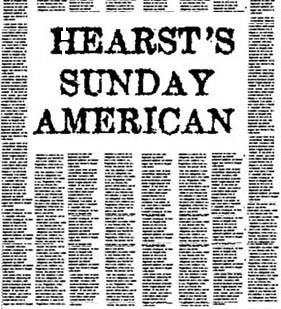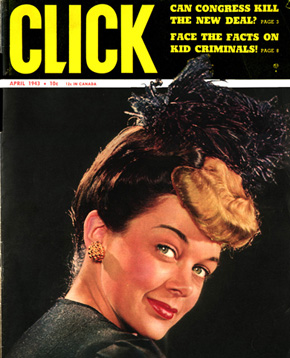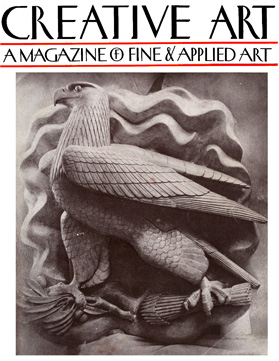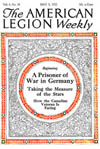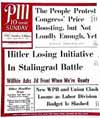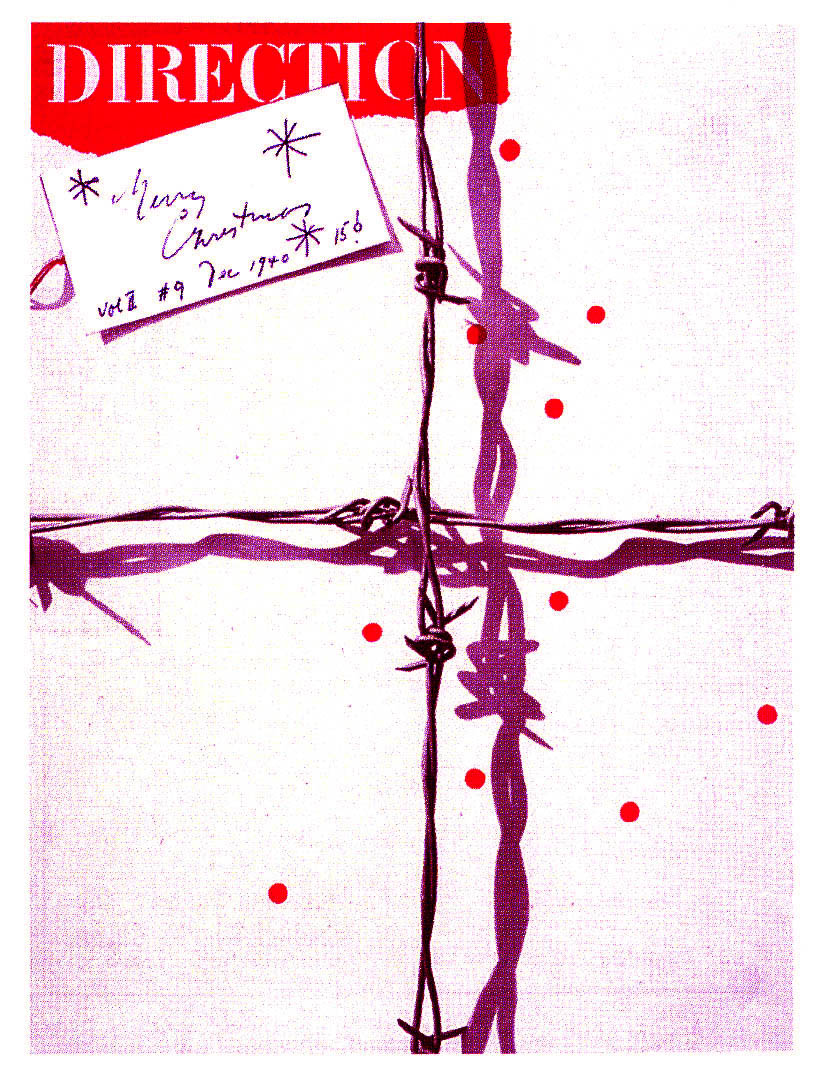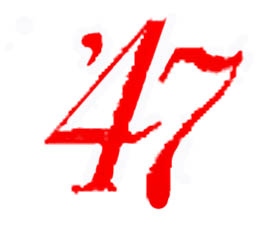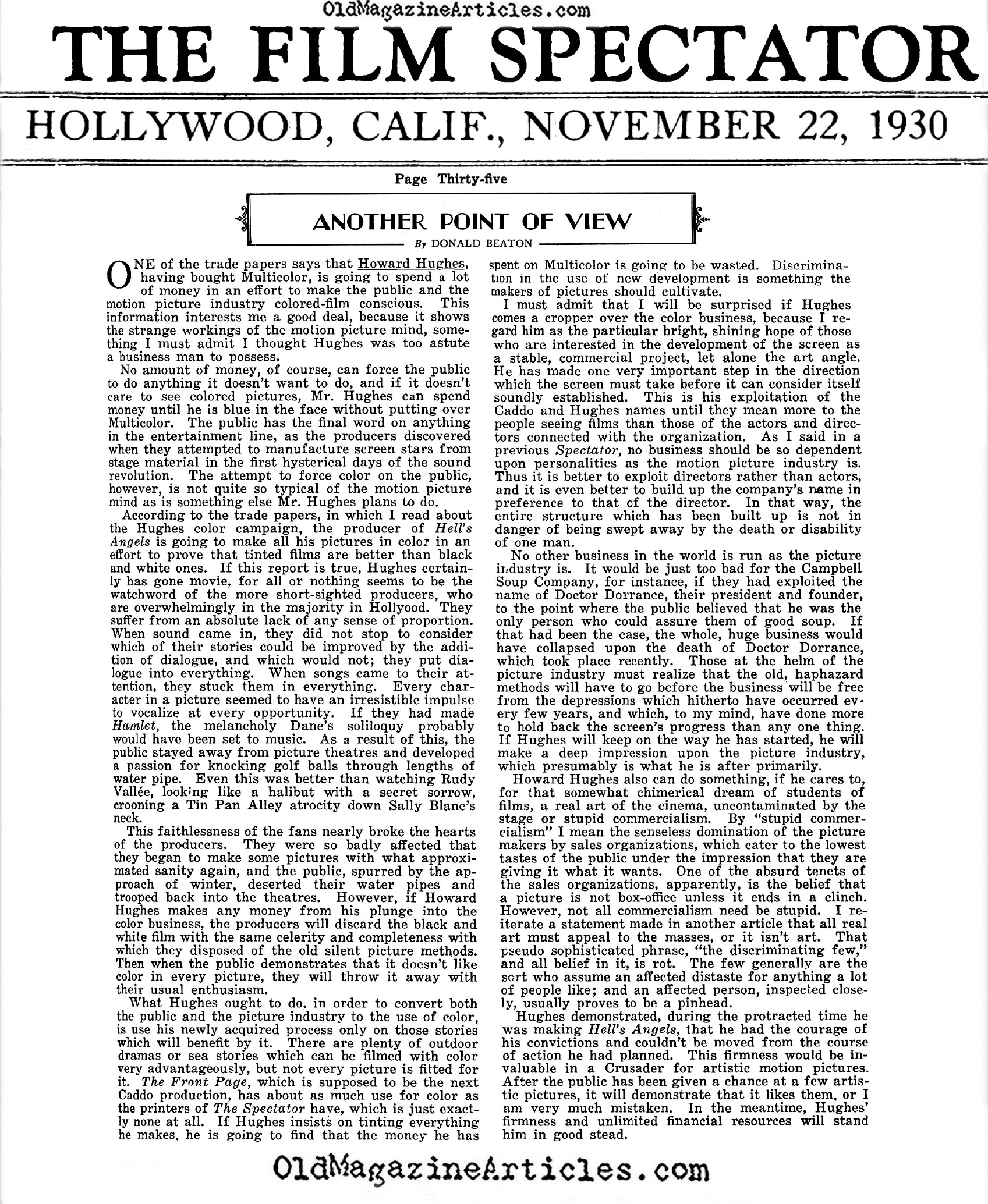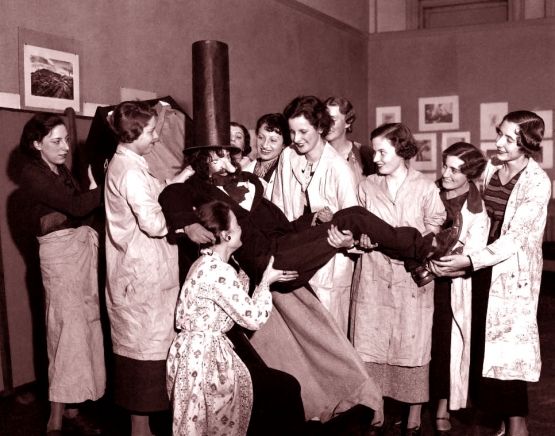“The Eighteenth Amendment to the Federal Constitution made the criminal career pay – for the first time, perhaps, in the history of the world…Prohibition capitalized the gang spirit. Within a year it became apparent that the average American city dweller would easily connive without a prick of conscience at violating this law. Within two years an illicit liquor business rose to the status of a major industry. Prices were high, sales easy; the pioneer boss bootlegger rolled in wealth. Reckless and adventurous youths, willing to take a chance with a jail sentence, brought the goods in from Canada or manned the fast launches that dropped them in remote coves along coast. These men were usually not criminal in spirit.”
The article went on to say that in the aftermath of Prohibition those henchmen who were able to avoid prison often went on to work as policemen while the more violent of this group moved on to robbery and kidnapping.
Pictured above: Students at New York’s Art Students League carry “Old John Prohibition” to his grave. (December, 1933)
Another article on this topic can be read here.
Click here to see a chart indicating the decreased murder rate following the repeal of Prohibition.
KEY WORDS: bootleg mobsters after prohibition repeal 1933,new lives for prohibition mobsters 1933,prohibition racketeers 1933 – 1934,prohibition racketeers move into union organizing 1933,new business ventures for prohibition racketeers 1933

